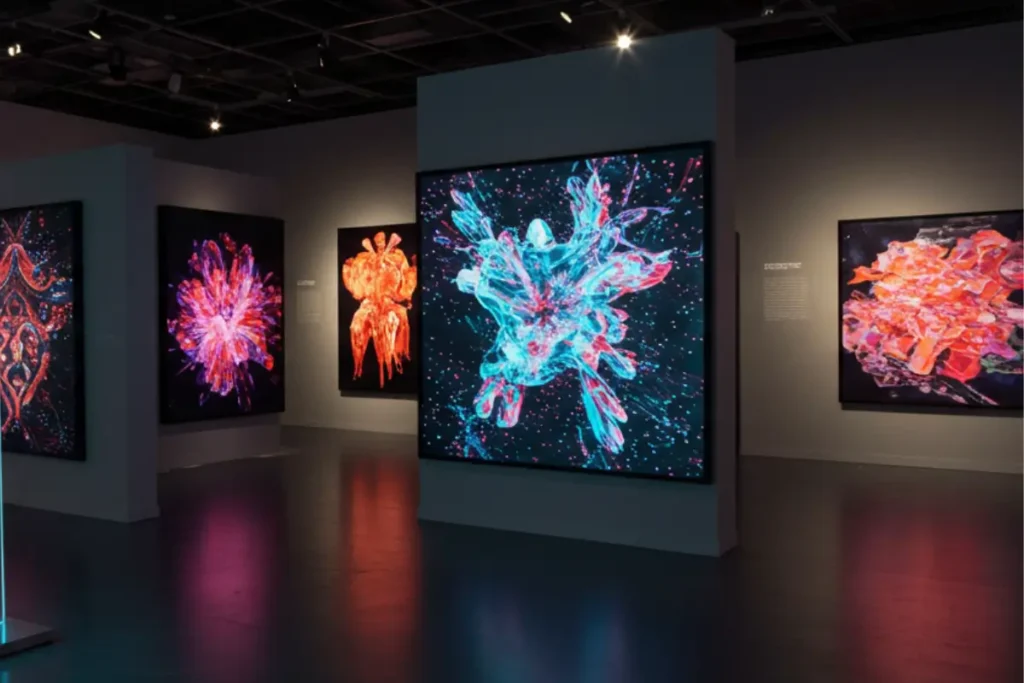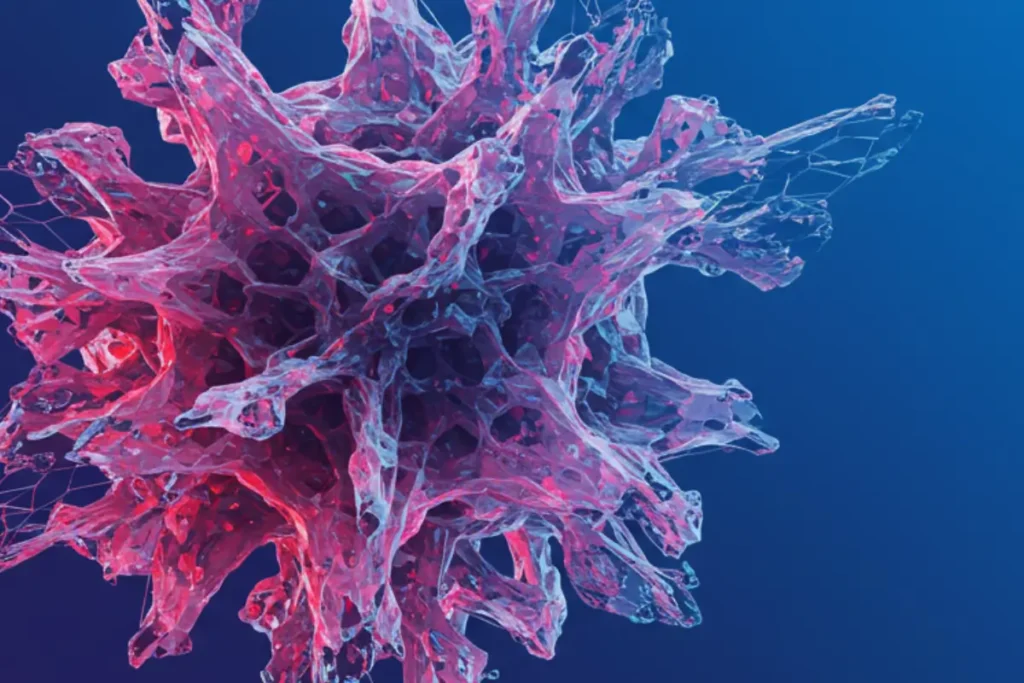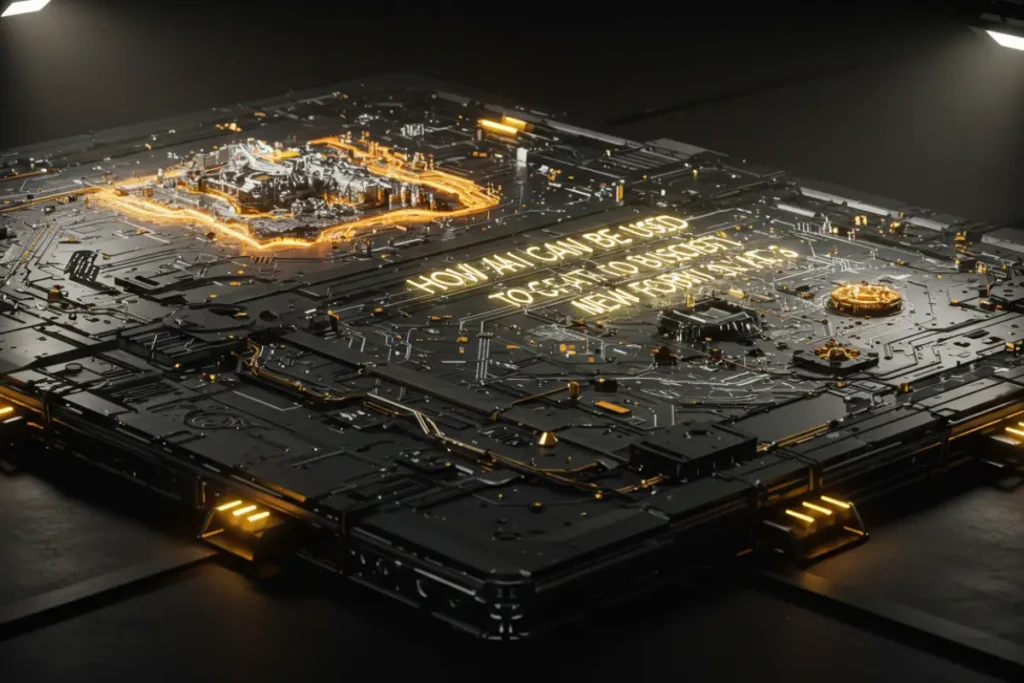How AI Can Be Used to Create New Forms of Art 3
- April 25, 2025
- 0
Art has always evolved with technology. From the invention of the camera to digital art software, every leap has sparked new creative possibilities. But nothing compares to the
Art has always evolved with technology. From the invention of the camera to digital art software, every leap has sparked new creative possibilities. But nothing compares to the

Art has always evolved with technology. From the invention of the camera to digital art software, every leap has sparked new creative possibilities. But nothing compares to the current revolution brought by Artificial Intelligence (AI).
Today, AI isn’t just a tool for artists—it’s becoming an artist itself. It can generate music, paint images, write poetry, and even choreograph dances.
In this article, I want to take you on a fun, fascinating, and super-detailed journey through the creative universe of AI-generated art.
“If you liked this article, don’t forget to share it with your friends and leave a comment at the end – it helps us grow and brings more futuristic content to your screen!” 🚀

AI art refers to any form of art that is either created or enhanced using artificial intelligence. This includes visuals, music, videos, stories, and interactive experiences.
But it’s more than just pressing a button—AI learns from massive databases of existing art and then reimagines or remixes styles, colors, compositions, and sounds. Imagine an AI that has studied every painting ever made and then creates something entirely new based on that knowledge.
The importance of AI in art lies not just in automation, but in amplification. Artists can now push the boundaries of their creativity with the help of these tools.
People who never thought of themselves as artists can suddenly create stunning visuals using platforms like DALL·E, Midjourney, or Runway ML. Even kids can use AI to make music or comics. It’s like putting a creative assistant in everyone’s pocket.
And it’s not only for fun: AI is reshaping industries like entertainment, gaming, advertising, and education. A movie studio can generate a unique soundtrack in minutes.
A game developer can design entire dreamlike landscapes. An advertiser can test a thousand versions of the same visual until they find the one that clicks.
Just imagine the potential: AI could give us an entirely new artistic renaissance, accessible to all.
For more on how AI is already changing music, check this amazing post from our blog: AI Music Generators – Composing the Future of Sound 🎶
AI can create many different types of art, and the list keeps growing! Here are some exciting examples:
Check out how designers are using AI for logos and branding here: AI Image Generators – A Game Changer for Designers

Curious about sound in gaming? Explore AI-Generated Soundtracks in Video Games
Want to see if AI can truly write like a human? Find out here: Can AI Write a Book Better Than Humans?
AI is not here to replace artists – it’s here to collaborate with them. Many creators now work side-by-side with AI tools to enhance their artistic visions.
Musicians use AI to brainstorm melodies. Filmmakers generate visual effects or even entire scenes. Writers co-author books. And painters use AI to explore new styles or palettes they wouldn’t have thought of alone.
Let’s break it down into how different industries are blending AI and creativity:
This means AI is not just an art generator, it’s a creativity booster. The artist is still in charge – the AI just helps them get there faster, better, and with more options.
Curious about how AI can transform your workflow? Peek at our post on AI Tools Changing Productivity

With great power comes great responsibility. There are debates about whether AI-generated art is really “original” or who owns it. If an AI trained on famous artists creates something new, is that stealing or homage?
Copyright laws are still catching up, and there are valid concerns from artists about their styles being mimicked without permission.
But many AI tools now allow users to opt out of having their art used for training. Some platforms even offer licensing options.
As we move forward, we need to ensure transparency, consent, and fair usage. That means protecting human artists while also encouraging innovation.
Schools are already teaching students how to work with AI ethically, just like they teach safe internet practices.
And here’s something cool to think about: AI art might become its own genre—like impressionism or surrealism—defined by collaboration and unpredictability.
Want to know more into AI and originality? Read Can AI Ever Be Truly Creative?
We are entering a time when every person can be an artist, no matter their background or skills. AI has made it possible for art to become universal, collaborative, and accessible to everyone.
This is not the end of human creativity—it’s a bold new beginning. Imagine kids in school painting with AI, teens producing music on their phones, and entire virtual museums filled with AI-human collaborations. That’s not sci-fi. That’s now.
If you’re curious about how tech meets creativity, this is the best time to dive in. Try out a tool. Share your creations. Collaborate with a machine. You might be surprised at what you create together.
If you liked this article, don’t forget to share, comment, and explore more AI topics at Futuristic Intellect 🧠✨. And for more fun, check out our partner site on keyboard tech at Keyboards Technology – it’s full of futuristic ideas too!